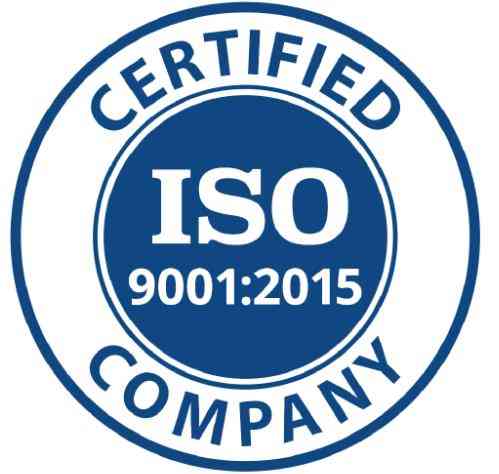|
f-f
J
U DC 381 .E22 : 389.6 Ref. No.: ISO/R 436 - 1965 (E)
IS0
I N TERN AT1 O N AL OR G A N IZ AT1 O N FOR STA N DARD IZATl O N
\
IS0 RECOMMENDATION
R 436
I N FORM AT IV E LA BELLI N G
1st EDITION
April 1%5
COPYRIGHT RESERV~~
‘.
The copyright of IS0 Recommendations an4 IS0 Standards
belongs to IS0 Member Bodies. Reprodilçtion of these
documents, in any country, may be authorkd.’$.herefore only
by the national standards organization of that cquntry, being
a member of ISO.
1
For each individu@ country the only valid standard is the national standard of that country.
Printed in Switzerland
Also issued in French and Russian. Copies to be obtained through the national standards organizations.
---------------------- Page: 1 ----------------------
BRIEF HISTORY
The IS0 Recommendation R 436, Informative Labelling, was drawn up by Technical
Committee ISO/TC 13, Marks Indicating Conformity with Standards, the Secretariat of which
is held by the Association Française de Normalisation (AFNOR).
Work on this question by the Technical Committee began in 1958 and led, in 1963, to
the adoption of a Draft IS0 Recommendation.
In January 1964, this Draft IS0 Recommendation (No. 662) was circulated to all the
IS0 Member Bodies for enquiry. It was approved, subject to a few modifications of an editorial
nature, by the following Member Bodies:
Argentina Greece New Zealand
Australia Hungary Norway
Belgium India Portugal
Brazil Ireland Republic of South Africa
Chile Italy Spain
Colombia Japan Sweden
Denmark Korea, Rep. of Switzerland
France Mexico U.A.R.
Germany
Net herlands United Kingdom
U.S.A.
No Member Body opposed the approval of the Draft.
The Draft IS0 Recommendation was then submitted by correspondence to the IS0
Council, which decided, in April 1965, to accept it as an IS0 RECOMMENDATION.
-2-
---------------------- Page: 2 ----------------------
E
ISO/R 436 - 1965 (E)
IS0 Recommendation R 436 April 1965
INFORMATIVE LABELLING
FOREWORD
The purpose of informative labelling is to guide the consumer’s choice by giving him useful data
concerning the products involved by means of labels attached to the products.
The use of informative labelling implies that different products of the sa
...














